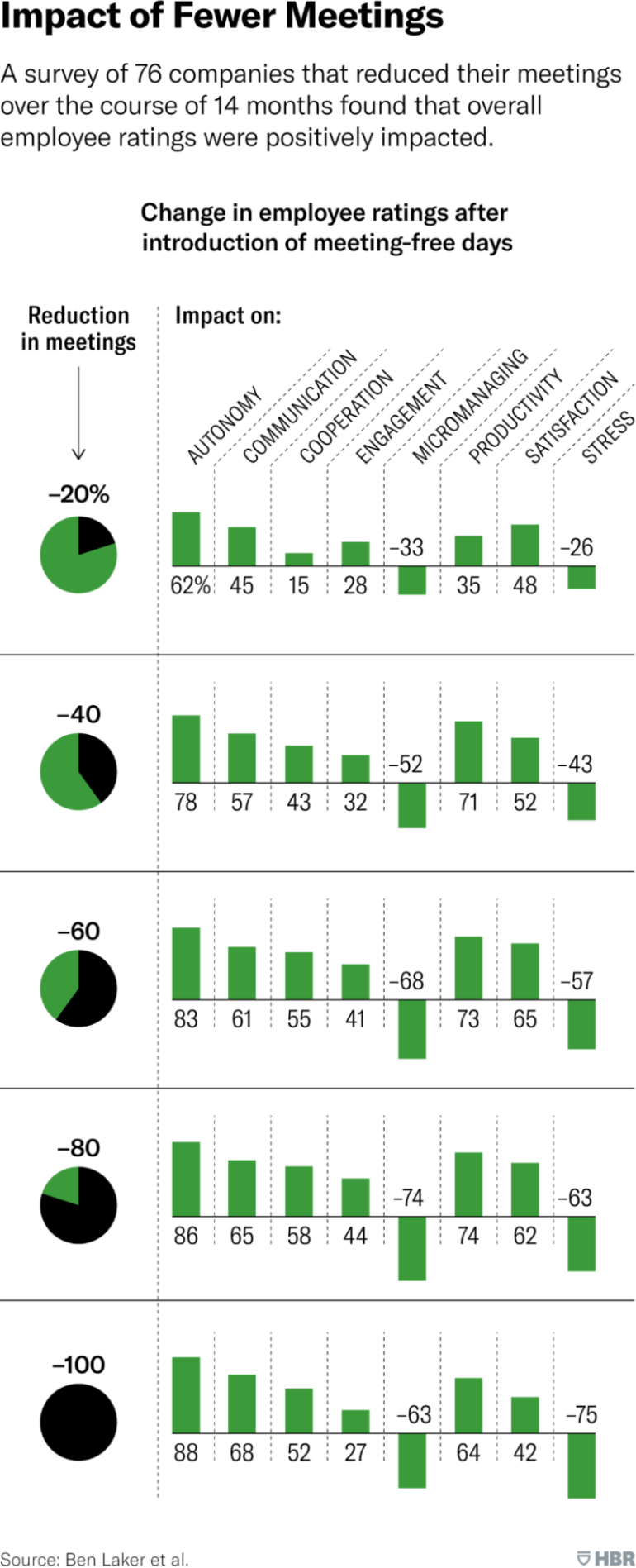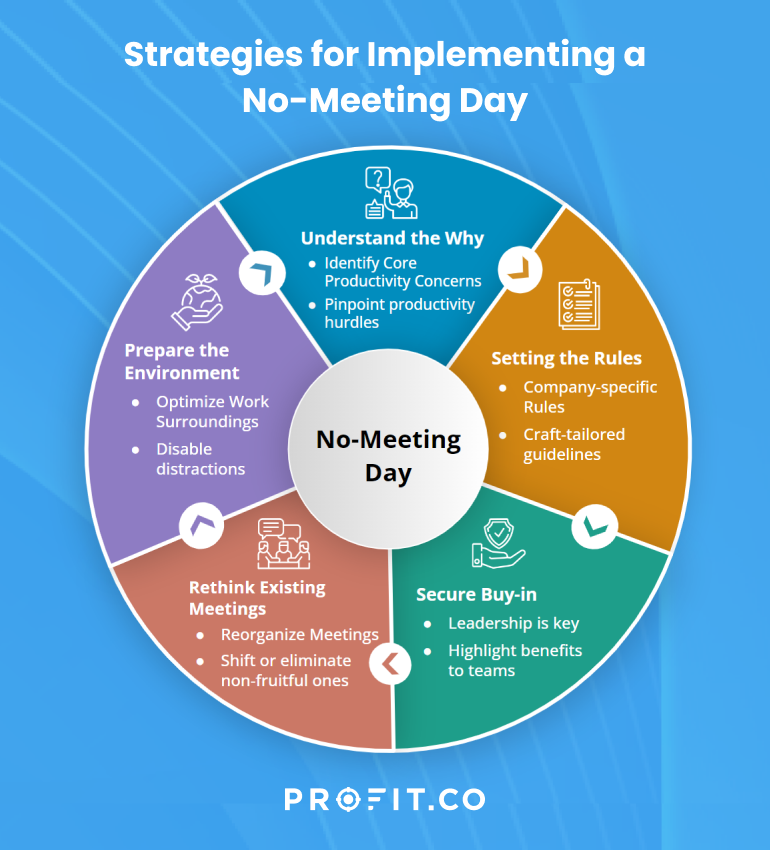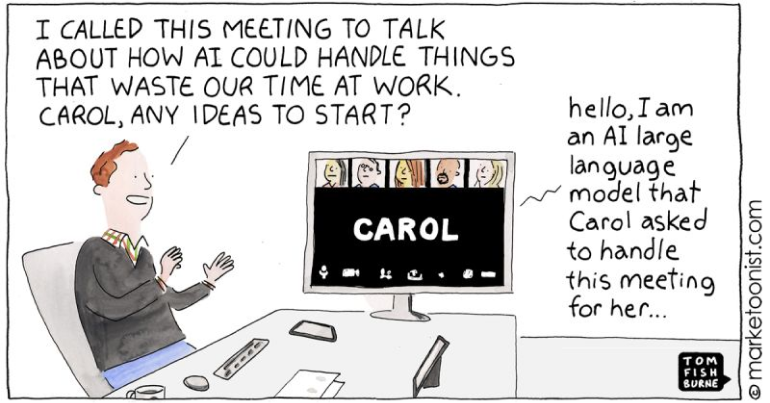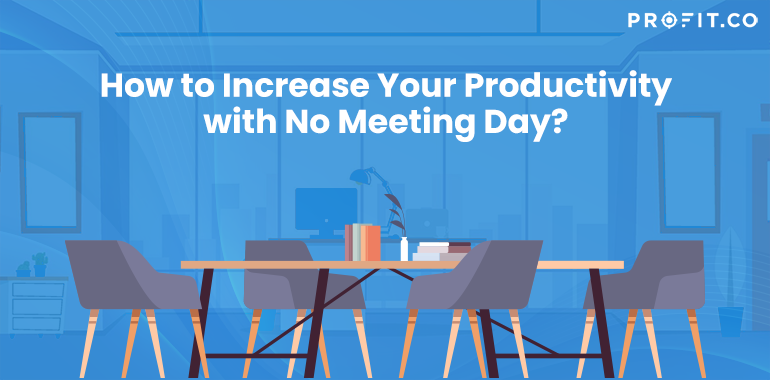Introduction
The contemporary workspace is a hotbed of constant distractions: incessant meetings, casual hallway chats, quick coffee breaks, phone buzzes, and the ever-present office chatter. Though meetings often take the lead in eating up our time, their main goal is to foster collaboration. While team synergy is undeniably essential, overindulgence can encroach upon our prime productive moments. Studies confirm that reclaiming our focus and balancing collaborative efforts with deep work sessions is overdue. Interruptions, no matter how trivial, have a staggering impact on productivity. We must shield ourselves from these distractions and ensure we’re not inadvertently disrupting others. Constant breaks in concentration can escalate stress, boost error rates, and heighten fatigue. Believe it or not, even a fleeting distraction can derail our focus. UC Berkeley’s findings are startling: a minor diversion can require 8 to 25 minutes to recalibrate our concentration. Essentially, we’re squandering precious minutes of productive work each time we’re sidetracked.
The Impact of Meetings on Productivity
For professionals like yourself, a day without meetings might seem almost utopian. The countless hours spent in meeting rooms underscore the productive time we lose each week, highlighting the critical importance of instituting a no-meeting day.
The Harvard Business Review provides insight into this trend. Today’s executives find themselves stuck in meetings for nearly 23 hours each week, a significant leap from the 10 hours commonly reported back in the 1960s. Notably, this data doesn’t even account for impromptu, unscheduled gatherings.
Recent research indicates that as many as 70% of meetings prevent employees from completing tasks. In a study that surveyed 76 companies, results showed that when the frequency of meetings was reduced by 40%, there was an impressive 71% increase in employee productivity. This surge is largely attributable to employees feeling more autonomous and empowered. Freed from the constraints of a rigid schedule, they actively managed their tasks, leading to a 52% boost in overall job satisfaction.

Credits: Harvard Business Review
The Concept of No Meeting Day
A “No Meeting Day” is straightforward. It’s a day in your work week free from meetings – no team check-ins, no one-on-ones, no strategy syncs. The idea is to give teams an entire day to delve deep into their tasks, undisturbed by calendar notifications. It’s a consensus-based approach where the team agrees on the best day for everyone to focus on their tasks.

Strategies for Implementing a No-Meeting Day
Implementing a no-meeting day goes beyond merely freeing up a day in the calendar. It requires a meticulous approach to genuinely reap its benefits.
Identify core productivity concerns
Before diving in, pinpoint the specific productivity hurdles you aim to overcome.
Company-specific rules
Craft guidelines tailored to your organization. Make exceptions clear, like crucial client interactions or pivotal product unveilings.
Leadership is key
The initiative’s success largely rests on leadership’s shoulders. If top brass disregards this rule, probably the rest will, too.
Secure buy-in
Engage your team in discussions regarding this shift and solicit their feedback. Having a clear day can be transformative for managers, allowing them to tackle lingering tasks and foster closer team relations.
Pick the ideal day
While reaching a unanimous decision on the best day may be tough, leverage team polls or evaluate time zones if you operate globally. For instance, Mondays, Wednesdays, or Fridays can be potent days for concentrated work.
Reorganize meetings
Review existing meetings and contemplate shifting some or even eliminating non-fruitful ones. Yet, specific collaborative sessions or pressing external interviews can be exceptions.
Meetings to avoid on no meeting days
- Team meetings
- Top-down meetings
- 1:1 Meetings
- Recurrent meetings
Meetings still ok on no meeting days
- Working sessions with clients/ vendors
- Specialists collaborating on complex problems
- Interviews with external candidates
- Urgent meetings
Promote and motivate
Ensure everyone comprehends the ethos behind this move. Provide guidelines and continuously talk about the anticipated advantages.
To learn more about how OKR software can improve productivity
Optimize work surroundings
As you gear up to delve into tasks, set up an environment conducive to focused work. This may mean disabling notifications, organizing all required tools, or creating a serene workspace.
In essence, this strategy aims to harmonize collaboration with solo work sessions. Offering employees an undisturbed workday might catalyze a productivity boost and enhance job contentment.
“Nothing is less productive than to make more efficient what should not be done at all”
Tips for Maximizing Productivity on No Meeting Day
While the core idea is to free up time, maximizing a no-meeting day requires certain strategies:
- Focus on deep work: Utilize this day for tasks that require prolonged concentration.
- Prioritize tasks: Tackle significant tasks or those with looming deadlines.
- Limit digital distractions: Stay off unnecessary chats or emails.
- Adopt the Pomodoro Technique: Break your work into intervals (traditionally 25 minutes) separated by short breaks.

Credits: Tim Fishburne
Measuring the Impact of No-Meeting Days
Effectively assessing the benefits of no-meeting days is vital for improvement and stakeholder endorsement. By merging the OKR? methodology with Profit.co’s software, organizations can devise a structured approach for this evaluation. Here’s the breakdown:
Establish a baseline with OKRs
- Set clear objectives and key results pre-rollout of no-meeting days to measure tangible metrics like productivity and satisfaction
- Utilize Profit.co’s OKR Software for tracking and visualization.
- Distribute surveys for insights on work satisfaction and productivity enhancements.
Operational impact:
- Use OKRs to measure any drop in work stress or rise in job satisfaction.
- Gauge increased participation in refreshing breaks or wellness endeavors.
Consistency and long-term effects:
- Track trends over extensive periods (e.g., 6 months or a year).
- Scrutinize any influence of no-meeting days on employee retention.
In summary, blending the OKR methodology with Profit.co’s capabilities provides a robust, data-driven method to gauge the success of no-meeting days. This approach, rooted in continuous feedback, empowers organizations to harness the maximum potential of such initiatives.
Real-Life Testimonies of No-Meeting Days
Prominent players like Facebook (now under Meta Platforms), Clorox, and Twilio have not only recently implemented no-meeting days but have also reported notable improvements in productivity. This growing trend among top-tier companies signifies more than just a passing fad. This strategy, long championed by productivity experts, has found renewed relevance and effectiveness in the age of remote work.
Conclusion
Meetings, while crucial, can sometimes overshadow actual work. A No Meeting Day can be the breather teams need to refocus and recharge. With the right strategies and a commitment from at all levels, it can transform work cultures, leading to more engaged, productive, and happier teams.
To learn more about Profit.co’s 1:1 Meeting
Related Articles
-
The Ultimate Guide to Creating Action Items for Effective Results
Elevate your meeting productivity and task organization with our downloadable Action Items Template. Click Here Introduction What separates a seamlessly... Read more
-
Crafting an Effective Meeting Agenda: A Step-by-Step Guide
Introduction The metamorphosis of our work environment, characterized by hybrid and flexible modes, has only intensified the age-old challenge of... Read more

